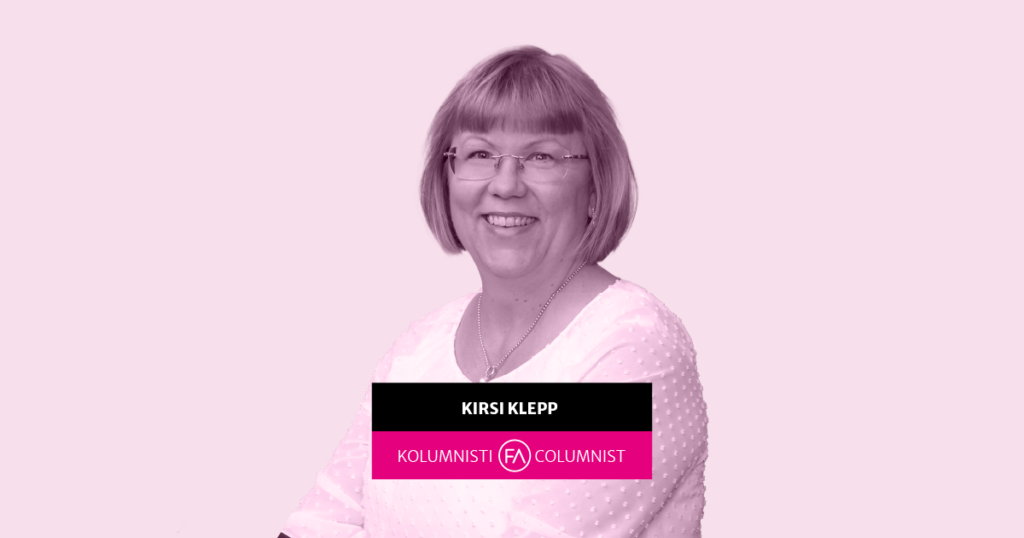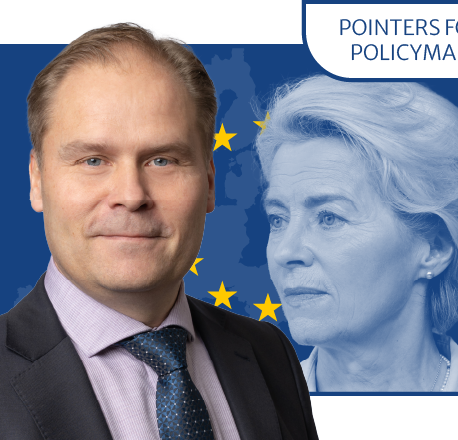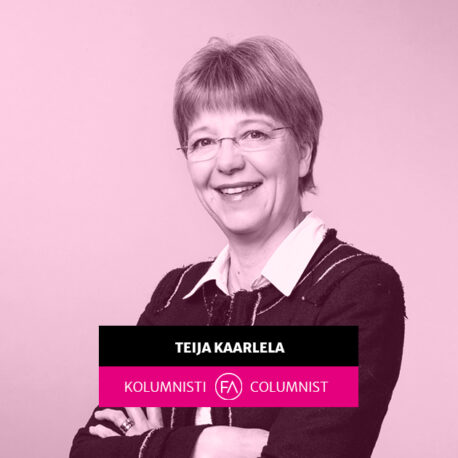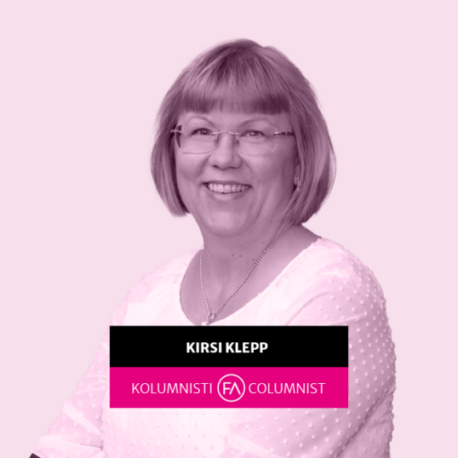
Digitalisation, artificial intelligence and geopolitical turmoil are shaping our lives. We are experiencing the fourth industrial revolution first-hand as we speak.
Nearly everything in our daily life is built upon standards and certificates. Payments are a prime example of a thoroughly standardised and certified field. Its various standards specify commonly agreed requirements, recommendations and features for products, systems and services. Compliance with these standards is demonstrated through certificates.
The Nordic countries are very digitalised compared to the rest of the world: In Norway and Sweden, for example, paying with digital payment methods is already easier than using cash. Physical payment cards are also quickly falling out of popularity as payments are increasingly executed using a smartphone or some other mobile device linked to a card or bank account.
The Finnish card payments infrastructure is also being reshaped to meet the needs of the modern world. The effects of recent changes are tangible especially for the users of physical payment cards: contactless payments no longer require the card to be inserted when the point-of-sale device asks for PIN confirmation. The combination of tap and PIN is enough to complete a contactless transaction.
This particular modernisation may seem minor, but it actually unlocks numerous new options by enabling payment with wearable devices such as smart rings and key fobs that do not contain their own interface and cannot be inserted into a POS. If you’re already holding a phone or wearing a watch, digging out a payment card is unnecessary.
Advances in payments technology are convenient also from the payee’s point of view: they can turn their smartphone into a POS or execute payments fully inside an application. Smart payment apps make payments speedier and smoother while also improving their security. The payer’s identity can be verified with biometrics – with a facial or fingerprint scan, for example – which can remove the need for separate credentials. Remote and mobile services are becoming more common, and in-person services also increasingly utilise self-service and electronic payments.
Although cash is still available and has its uses, it is no longer required for many of its former everyday purposes such as gym lockers, vending machines or expenses split among friends, for example. Coins and banknotes have been largely replaced by NFC solutions. In peer-to-peer transfers, Norwegians, Finns and Danes can make use of a common mobile payment application.
======
Standardised and certified payment methods
guarantee safe and secure payments.
======
Standards have been and continue to be vital to the development of the European single market. They provide security and functionality and are important for products, services and the environment. Standardisation also supports the development of new sectors, technologies and innovations.
Despite their fundamental nature, standards are not immune to the universally accelerating pace of change.
The traditional standardisation process can be very time-consuming, but work on lower-level standards such as technical descriptions, classifications and interfaces is lighter work. The faster process makes it easier to bring new products into the market.
EU regulation is aimed at enabling a functional single market and promoting competition. Current projects in the field of payments regulation include instant payments, the digital euro, customer authentication solutions and the third review of the Payment Services Directive. Market participants and standardisation organisations are working hard to respond to the needs of regulation.
Standards can be used as the basis for new regulation if the regulation applies to established practices for which such standards already exist. Standards can thus also complement legislation: although they do not refer to legislation, legislation can refer to standards. If new regulation is drafted in anticipation of future purposes, standards and practices may not have developed yet, but they can always be drafted or updated to align with regulatory requirements.
Standardisation and certification enable increasing competition without risking interoperability. Regulation that is based on uniform standards enables new operators, products and services to enter the market side by side with the more established participants. As the scope of regulation extends, disclosure obligations apply to more and more companies. Policymakers monitor the development of markets and can quickly intervene in unsound practices and activities, where necessary.
Payments are governed by a number of ISO standards, and payment methods also by the EMVCo and PCI standards. When these building blocks of legislative implementation are being developed and updated, Finance Finland and its member banks are involved in the process through bodies such as SFS Finnish Standards and the European Payments Council.
Still have questions?
|Contact the columnist
Looking for more?
Other articles on the topic

Cash has a long history as a public monopoly – and it is not over yet

More secure and simplified online shopping ‒ Click to Pay removes need to manually enter card information

An empty wallet is a useless wallet – European digital identity wallet needs more meat to the bones and fast

Is EU legislation fighting or fostering fraud?




